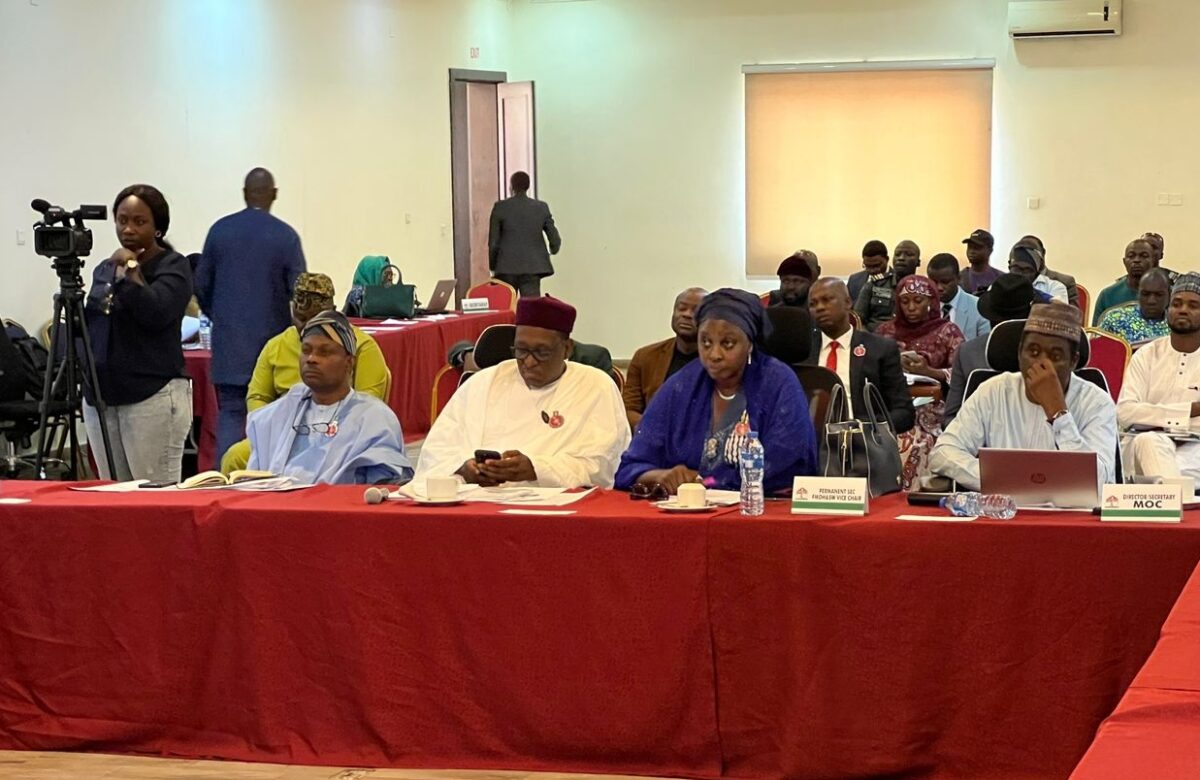
160 Million People At Risk Of Yellow Fever In Nigeria -Official
- Health Security
- No Comment
- 377
The World Health Organisation (WHO) has said not less than 160 million of Nigeria’s estimated 206 million population are currently at risk of Yellow Fever.
The figure, the global health organisation said, makes up around 25 per cent of all the people at risk of the disease in Africa.
But it confirmed that within the last two years during the Coronavirus pandemic, the country has vaccinated about 45 million people against the disease, almost double the figure of those vaccinated against the rampaging pandemic.
WHO Africa region made the revelation in a recent publication on its official website, noting that the estimated vaccination figure was given by the Nigeria Centre for Disease Control (NCDC) at the time of filming two documentaries under its Eliminate Yellow Fever Epidemics (EYE) Strategy.
The EYE Strategy, a partnership between WHO, the United Nations Children’s Fund (UNICEF) and Gavi, the Vaccine Alliance, was said to have been set up in response to Yellow Fever, and it identified Nigeria as a high-risk country.
Disease burden
WHO recalled that since 2016 when the deadly outbreaks of Yellow Fever were recorded in Angola and the Democratic Republic of the Congo, which reportedly spread to China, the African continent was put on notice for the disease.
The global health organisation said the EYE Strategy was part of the efforts toward stemming the tide and freeing the affected countries from the consequences associated with the disease.
In her comments, WHO’s Medical Officer in Nigeria, Anne Jean-Baptiste, said “yellow fever is dangerous because a small percentage of patients will go through a more toxic phase of the disease.”
She added that infected people will experience fever, have a system failure, mainly in the kidney and liver, may experience bleeding from the mouth, nose and eyes, within seven to 10 days, and that half of the patients “will die.”
With Nigeria being the home to some of the world’s most densely populated cities, WHO noted that the country is at risk of both urban and sylvatic (jungle) exposure to the disease. It added that workers in mining and agriculture are particularly vulnerable to the disease.
The global health body attributed the resurgence of yellow fever in 2017, after 15 years, to gaps in the detection of the disease and its transmission.
It, however, noted that “as surveillance and laboratory testing have been strengthened, improved information about the distribution of the disease in humans has become available.”
Nigeria’s efforts
In his comments, NCDC Director-General, Ifedayo Adetifa, said despite the ongoing COVID-19 pandemic, his agency has given out over 66 million doses of Yellow Fever vaccines in 2020 and 2021 to protect people from the disease outbreaks.
“This achievement has been possible through routine immunisation, as well as mass vaccination campaigns that identify gaps in the population and proactively target vulnerable communities,” he noted.
Mr Adetifa also explained that the NCDC has strengthened surveillance considerably, saying: “We have reference laboratories in the country that have been strengthened, and are being supported and assessed to make sure they are meeting all the performance parameters in terms of sample collection and referral to our reference labs in Abuja.”
New films
The two films by the EYE Strategy showed the impact of Yellow Fever outbreaks in Taraba State, and the global efforts to eliminate the disease by 2026.
EYE’s goal, WHO said, is to eliminate yellow fever epidemics by 2026, “through a single-shot vaccine that gives lifelong immunity and aims to protect almost 1 billion people in Africa and the Americas.”
In one of the films, Muhammed Awal, a father of five from Taraba State, who lost his second child to Yellow Fever, recounted his family’s tragedy and efforts to ensure protection for the rest of his children.
“I lost my second child to yellow fever. It was a very traumatising experience for my family and me,” explains Mr Awal, “We rushed the child to hospital when he started showing symptoms of the disease, and he died two to three days after because his internal organs had been very damaged.”
https://www.premiumtimesng.com/news/top-news/547733-160-million-people-at-risk-of-yellow-fever-in-nigeria-official.html





